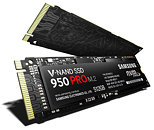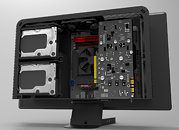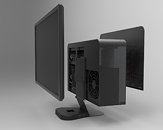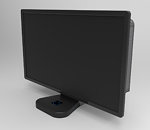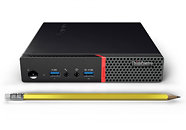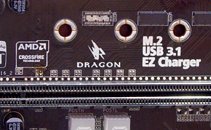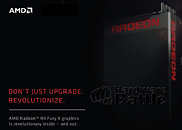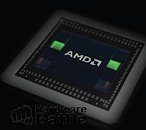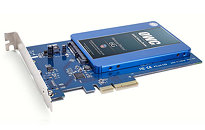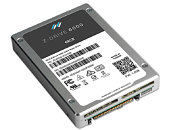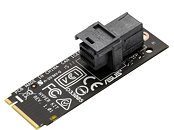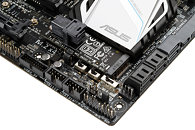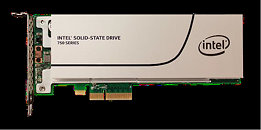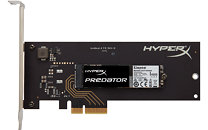
Plextor Unveils the Next Generation PCIe NVMe SSD, the New M8Pe
Plextor, a leading developer of high performance storage devices, will be adding the new third generation, four-lane PCI-Express NVMe M.2 M8Pe solid-state drive (SSD), and the M7V Series mainstream SATA SSD to its exemplary line of solid-state drive products at the upcoming 2016 Consumer Electronics Show (CES) in the Plextor suite at the Aria.
The M8Pe is the first Plextor SSD with the revolutionary NVMe protocol that helps reduce access latency, allowing for faster speeds. It connects via PCIe, enabling 4KB random read performance up to 270,000 IOPS, and 4KB write performance up to 150,000 IOPS. M8Pe PCI express drives are designed to give gamers and other high intensity users complete synergy and maximum performance. M8Pe features M.2 form factor allowing better airflow and cooling, increases the speed and performance of the SSD. PlexTurbo latest version 3.0, an intelligent RAM caching solution uses the system memory to boost access storage performance compared to standard factory SSDs. Other features of M8Pe include PlexCompressor, a smart compression technology that gives the user more storage capacity without impacting user experience and system performance., and PlexVault, a useful feature allowing private data to be hidden securely for shared computers using Plextor SSDs.
The M8Pe is the first Plextor SSD with the revolutionary NVMe protocol that helps reduce access latency, allowing for faster speeds. It connects via PCIe, enabling 4KB random read performance up to 270,000 IOPS, and 4KB write performance up to 150,000 IOPS. M8Pe PCI express drives are designed to give gamers and other high intensity users complete synergy and maximum performance. M8Pe features M.2 form factor allowing better airflow and cooling, increases the speed and performance of the SSD. PlexTurbo latest version 3.0, an intelligent RAM caching solution uses the system memory to boost access storage performance compared to standard factory SSDs. Other features of M8Pe include PlexCompressor, a smart compression technology that gives the user more storage capacity without impacting user experience and system performance., and PlexVault, a useful feature allowing private data to be hidden securely for shared computers using Plextor SSDs.




